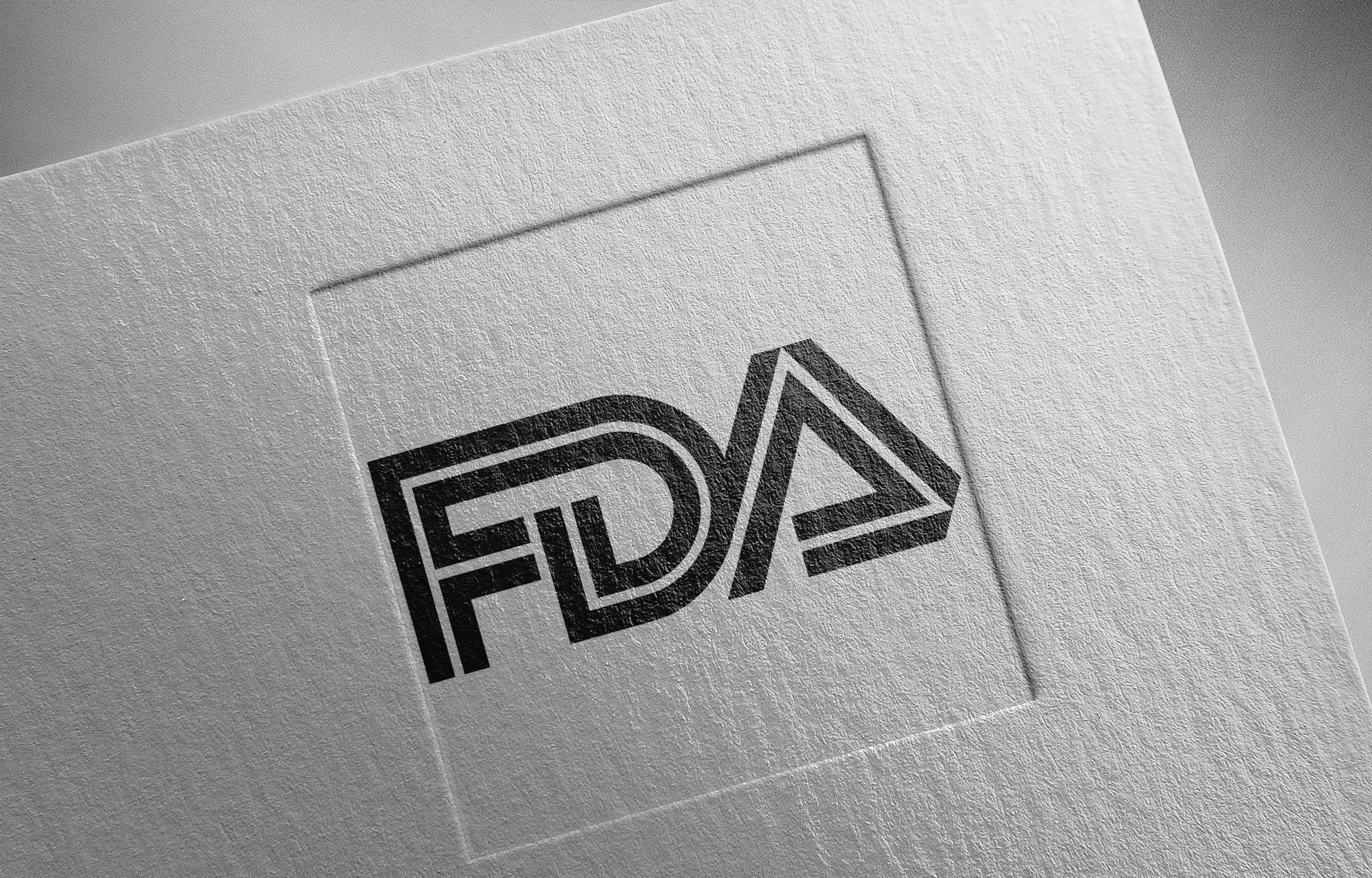FDA accepts NDAs for crinecerfont to treat classic congenital adrenal hyperplasia
FDA decisions for the 2 accepted NDAs have target action dates of December 29 and December 30, 2024, respectively.
FDA accepts NDAs for crinecerfont to treat classic congenital adrenal hyperplasia | Image Credit: © Araki Illustrations - © Araki Illustrations - stock.adobe.com.

The FDA has accepted a pair of New Drug Applications (NDA) with Priority Review Designation for crinecerfont (Neurocrine Biosciences) to treat children, adolescents, and adults with classic congenital adrenal hyperplasia (CAH). The submissions present efficacy and safety of crinecerfont to treat classic CAH as a capsule formulation (NDA 218808) and as an oral solution formulation (NDA 218820), with respective Prescription Drug User Fee Act (PDUFA) dates of December 29 and December 30, 2024.1
If approved, the decision would make crinecerfont the first new treatment option for CAH in 70 years, according to a press release from Neurocrine Biosciences, making it a first-in-class therapy, with a novel approach to treat the rare disorder.1
The genetic condition results in an enzyme deficiency that alters adrenal hormone production. According to Neurocrine, approximately 95% of CAH cases are caused by a mutation that leads to deficiency of the enzyme 21-hydroxylase (21-OHD). If untreated, CAH can cause salt wasting, dehydration, and can result in death.1
"Receipt of a Priority Review reflects the FDA's agreement that CAH is a serious condition and there is an urgent need for patients to have access to new treatments," Eiry W. Roberts, MD, chief medical officer of Neurocrine Biosciences, said in a statement. "We look forward to working with the FDA as we head toward the PDUFA dates at the end of 2024."1
In early June 2024, phase 3 data results previously covered by Contemporary Pediatrics, were published in the The New England Journal of Medicine and were presented at ENDO 2024. The CAHyalyst Pediatric phase 3 trial was conducted in 103 individuals aged 2 to 17 years with CAH due to 21-OHD deficiency, evaluating safety, efficacy, and tolerability of crinecerfont.1,2
The 28-week, randomized, double-blind, placebo-controlled study began in July 2021. The primary outcome was a statistically significant decrease in serum androstenedione from baseline at week 4 compared to placebo, following a glucocorticoid (GC) stable period, which crinecerfont achieved (P = .0002). Consistent with the Phase 3 CAHtalyst Adult Study (NCT04490915), patients treated with crinecerfont had a statistically significant reduction from baseline in daily GC dose, while maintaining androgen control at 28 weeks compared to placebo (P < .0001).3
Click here for additional study details.
At the time of The New England Journal of Medicine publication of study results, Roberts said, "The outstanding results achieved in the CAHtalyst Pediatric Phase 3 study demonstrate the ability of crinecerfont to reduce elevated androstenedione levels while also enabling reduction in supraphysiologic glucocorticoid doses to more physiologic level dosing while maintaining androgen control in pediatric participants with CAH."2
"This could potentially enable physicians to fundamentally change their approach to the important task of controlling androgens in pediatric patients with crinecerfont, without the need for long-term supraphysiologic steroid dosing, thus removing the burden that long-term excess glucocorticoid use places on development and outcome for these patients," Roberts added in a statement.2
References:
- Neurocrine Biosciences Announces U.S. FDA Accepts New Drug Applications and Grants Priority Review for Crinecerfont for Pediatric and Adult Patients with CAH. Neurocrine Biosciences. July 1, 2024. Accessed July 2, 2024. https://neurocrine.gcs-web.com/news-releases/news-release-details/neurocrine-biosciences-announces-us-fda-accepts-new-drug-0
- Neurocrine Biosciences Announces Publication of Primary CAHtalyst™ Pediatric Phase 3 Study Results of Crinecerfont for the Treatment of CAH in The New England Journal of Medicine. Neurocrine Biosciences. June 3, 2024. Accessed July 2, 2024. https://neurocrine.gcs-web.com/news-releases/news-release-details/neurocrine-biosciences-announces-publication-primary-0
- Fitch, J. Crinecerfont safe, effective in treating children with congenital adrenal hyperplasia. Contemporary Pediatrics. October 10, 2023. Accessed July 2, 2024. https://www.contemporarypediatrics.com/view/crinecerfont-safe-effective-in-treating-children-with-congenital-adrenal-hyperplasia